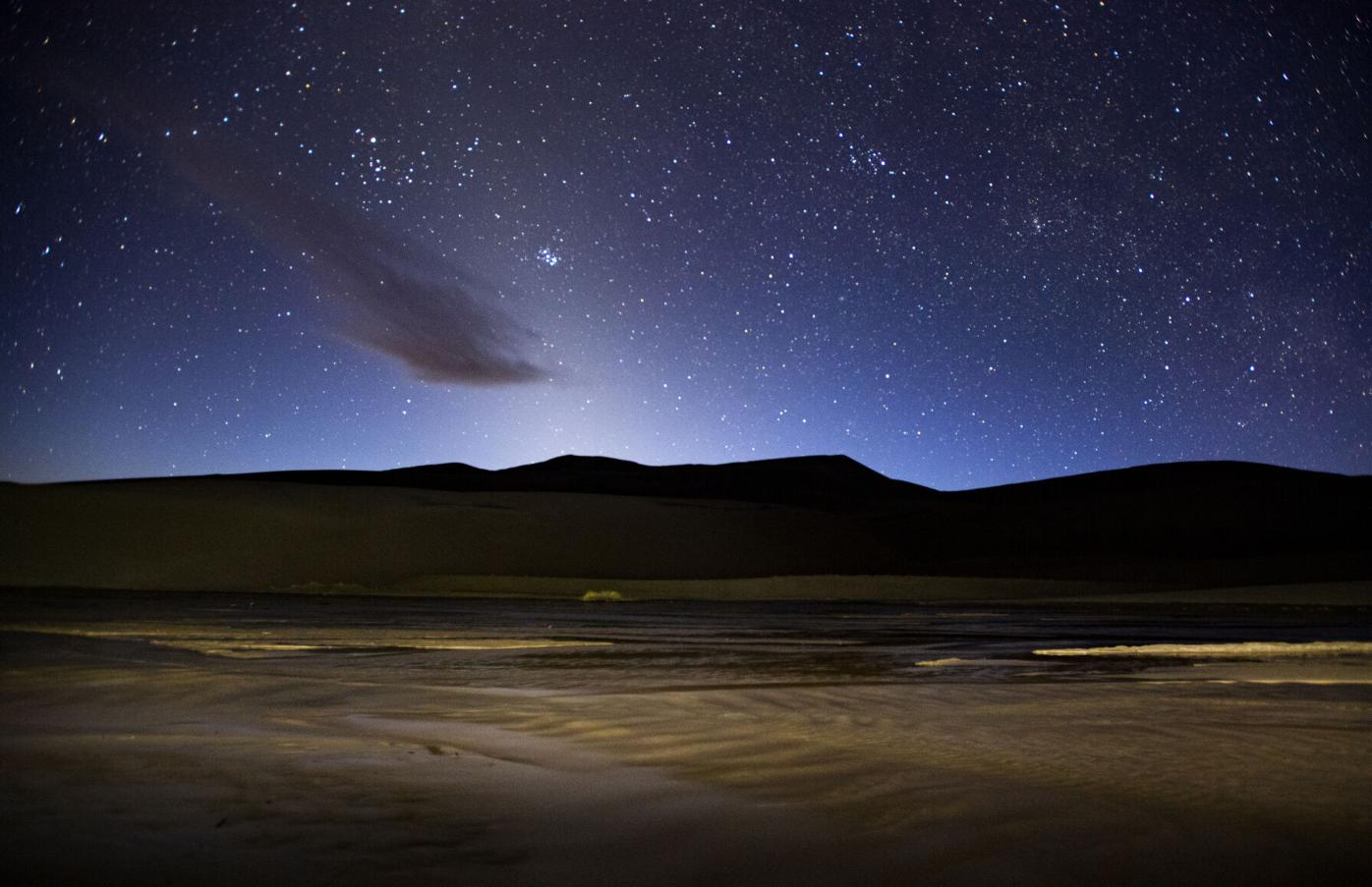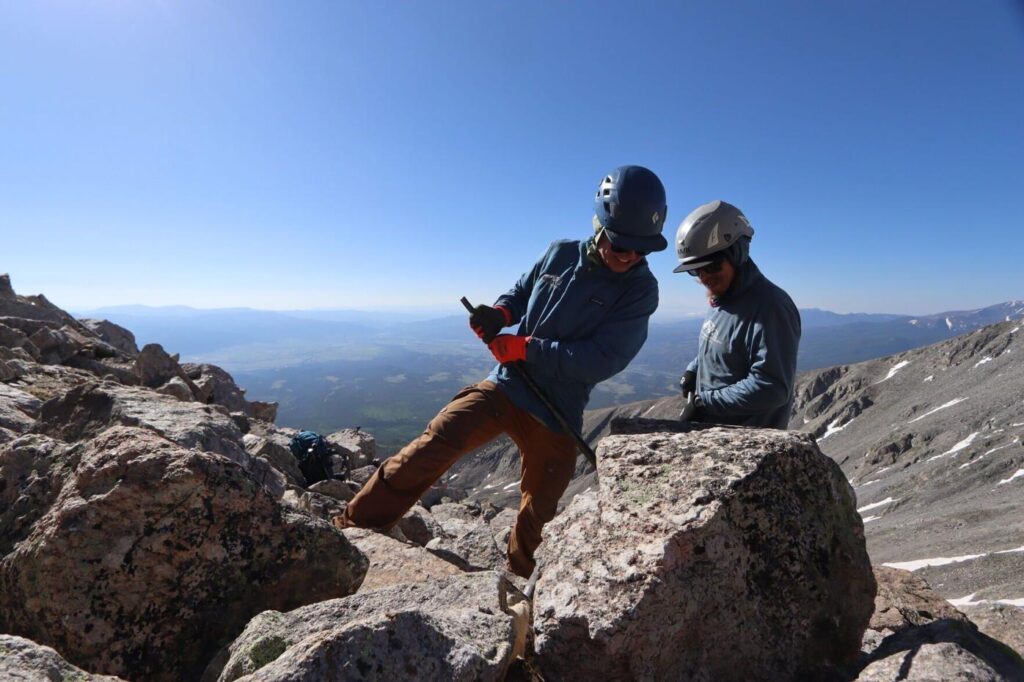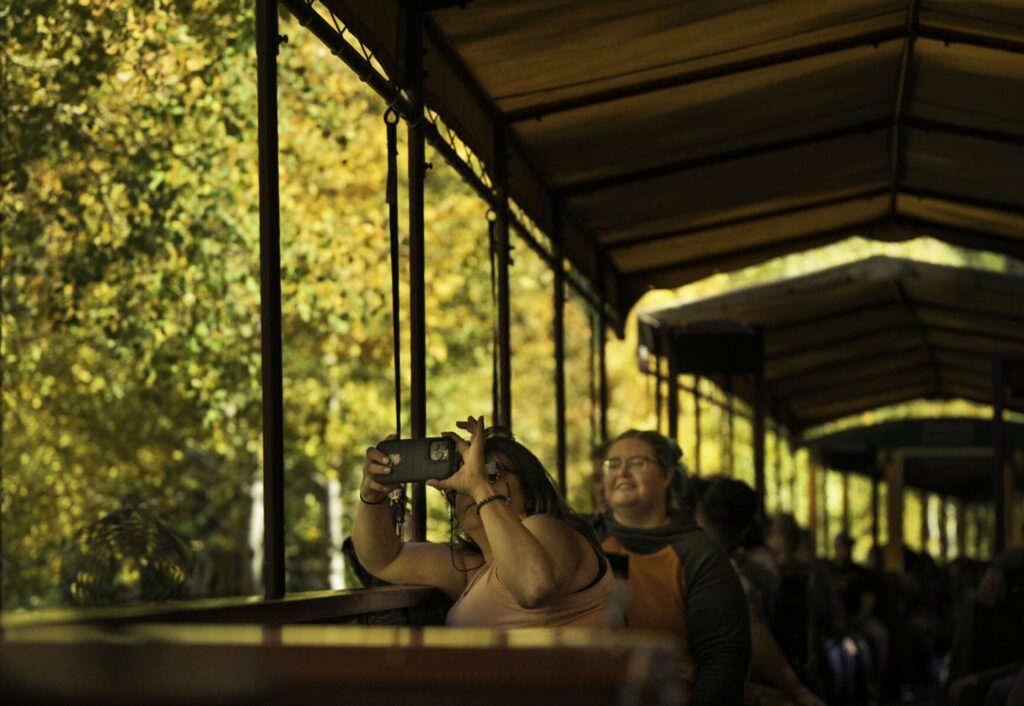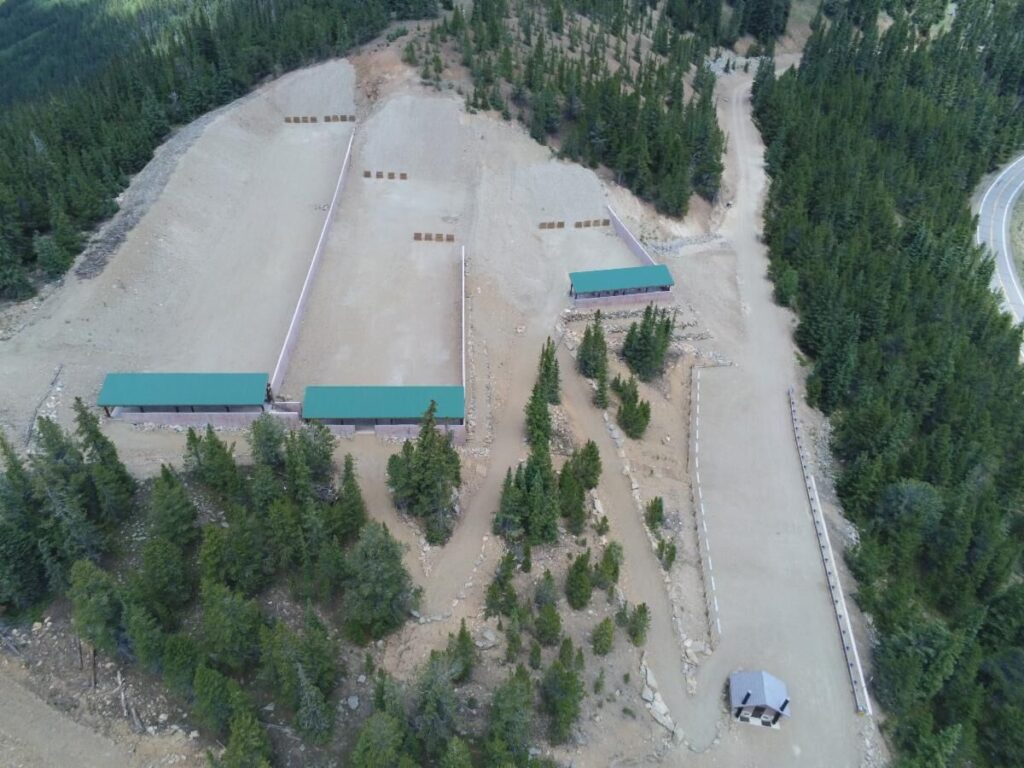Make a plan for otherworldly stargazing at Colorado’s Great Sand Dunes
Colorado’s Great Sand Dunes National Park and Preserve has become a destination for the scene in the sky as much as the bizarre scene on the ground.
Great Sand Dunes, after all, is an International Dark Sky Park, as decided years ago by the world group certifying rare, celestial sights visible in places without light pollution that obscures.
“Many visitors hope to see the Milky Way at Great Sand Dunes,” read a recent social media post by the national park, “but it requires some planning ahead for weather, moon phase and time of year.”
This might be the time.
“The brightest part of the Milky Way is highest in the sky and most visible on clear, moonless evenings in late summer,” that post read.
For the experience blending North America’s tallest sand dunes with the shimmering galaxy overhead, you’ll want to consider camping options.
In walking distance of the dunefield, Pinon Flats Campground is quick to fill in the summer. On Recreation.gov, sites appeared booked for weekends in the foreseeable future, though weekdays showed availability.
For those with a high-clearance, four-wheel drive, another option is Medano Pass. Twenty-one primitive campsites are situated along the road, all of them first-come, first-served.
While securing tents in the sand can be a tricky proposition, especially against winds — the park recommends stakes or sandbags — another option is a backpacking permit granting a spot past the dunes’ first high ridge. The park lists additional backcountry sites, along with other options in the area.
The park recommends planning around a moonless night and referencing the sun and moon calendar at sunrisesunset.com. An informational webpage adds: “If there is a bright moon when you visit, you can still explore the dunes in otherworldly light, almost like being on the moon itself.”













